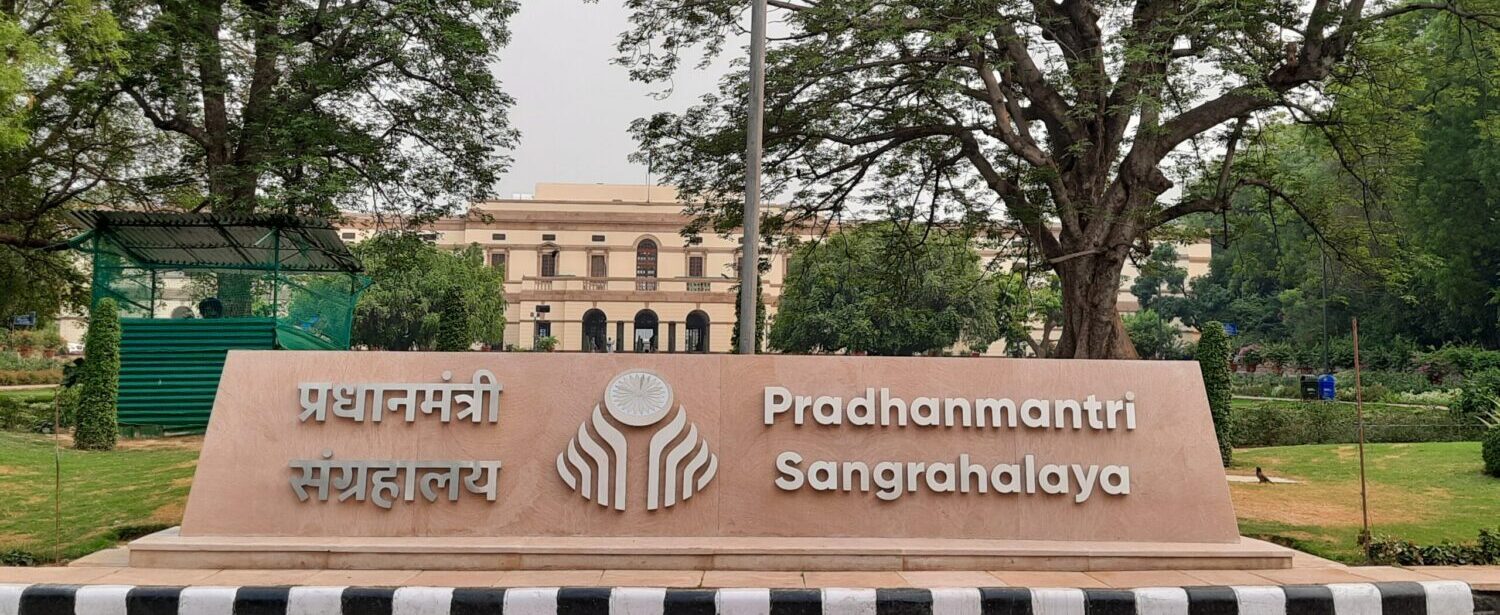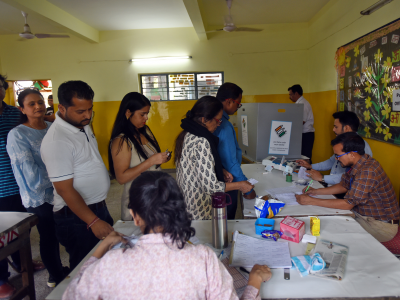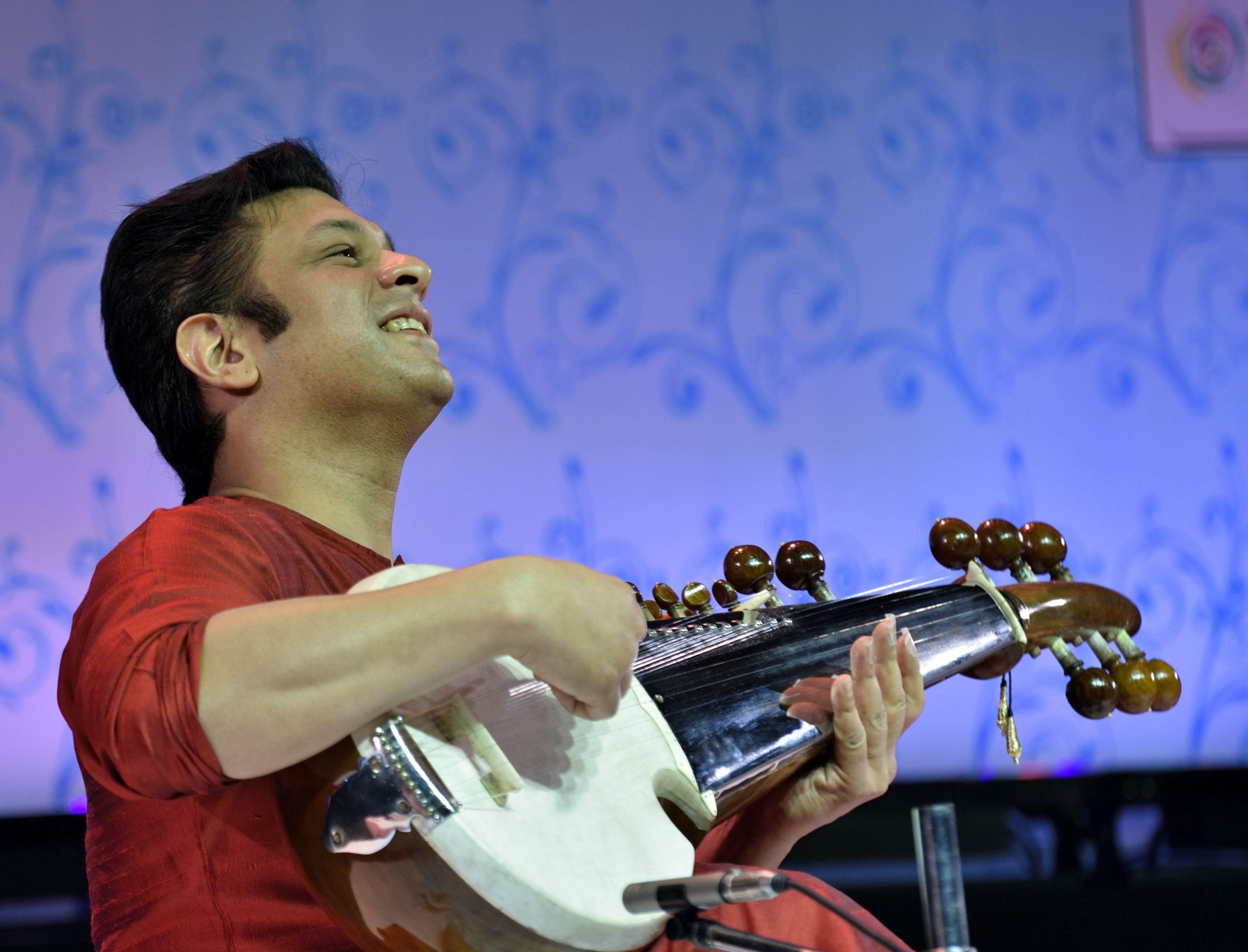The Prime Ministers’ Museum was recently inaugurated in Teen Murti Bhawan. The museum is located in a new block, while the older block remains preserved as the official home of Jawaharlal Nehru.
While a walk through the older section gives visitors a delightful peek into the lives and thoughts of the Gandhis and Nehru, the newer block gives a wider perspective into the lives and politics of all the Indian prime ministers.
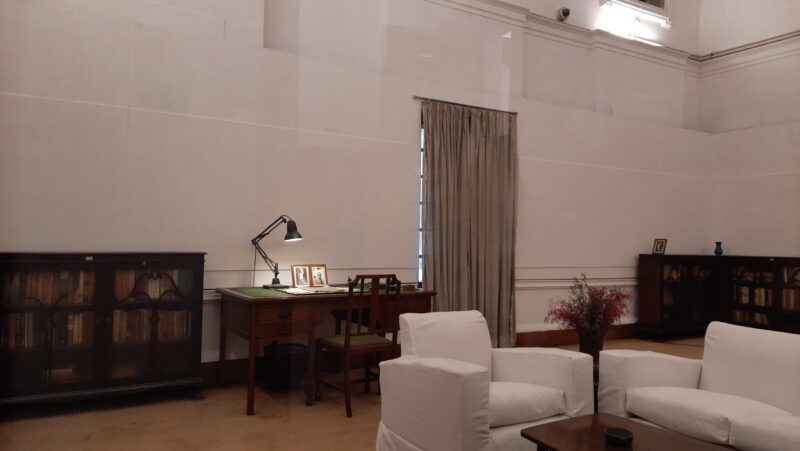
According to the project manager at Tagbin, “The sections here are divided into many sub-sections which include their early life, political journey, making of a prime minister, their tenure, and life after retirement. In the section for Lal Bahadur Shastri, we have included his economic policies, agitations during his time, archival documents besides his son’s interview, where he is talking about the time Shastri was faced with the question of dowry.”
Located at Teen Murti Marg, the area signifies statues of the three Indian soldiers who were martyred while fighting in World War I. Right in front of the memorial is the English and French architecture-style building of the Nehru Memorial.
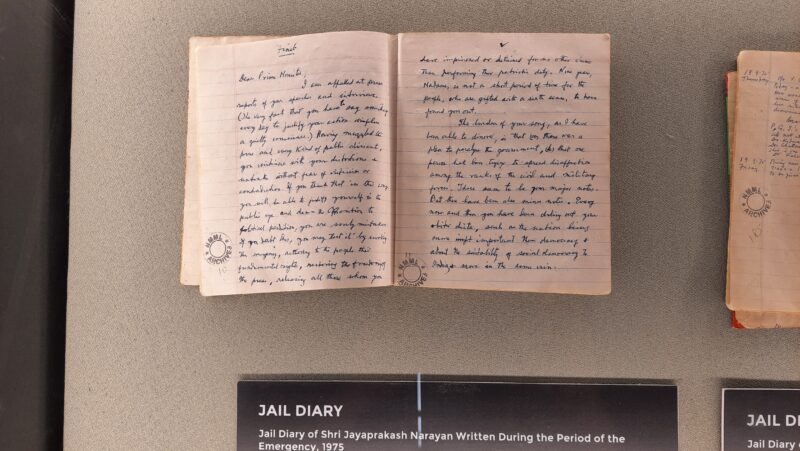
The walk from the grassy compounds to the museum check-in point is a delight for many nature lovers, as the route welcomes them with the sound and sight of peacocks.
Design philosophy
According to Saurav Bhaik, the founder of Tagbi in India, museum visitors are mostly mute spectators. “They go there and see the objects while they keep their hands behind their back. We’re trying to make the museum experience more engaging and interactive.
Let’s say, you take a selfie with the PM, you walk with your favourite PM, you get to write your vision for India.”
Tagbin wanted to make a museum where the visitor is the centrepiece. “The visitor is the subject here who can directly relate to the museum because it’s a story of India. And with this museum, we are trying to capture 75 years while simultaneously trying to show what India might look like in 2047. So, the narrative starts with the first exhibit being India of 1947”, Bhaik says.
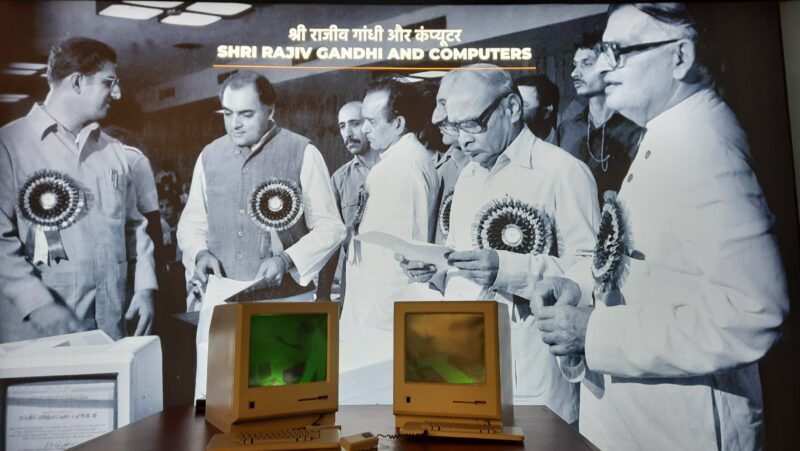
The company has tried to build a complete timeline. Bhaik says that “We have tried to use technology for two purposes – either to wow the visitors with things like the levitating national emblem or the waving flag, or we have tried to engage them with our exhibitions where they take back something as a souvenir, like a printed letter from their favourite PM.”
The museum takes visitors into different engagement zones where they participate, and take something back in a printed or digital form, like a selfie image.
Use of technology
According to Bhaik, a graduate of IIT Roorkee, the thought of using technology for making unique and interactive museums was an unthinkable idea some time ago.
The museum is set to make a lasting impact on its visitors with its line-up of various interactive sections like ‘Anubhuti’. Moreover, they have also created an immersive experience for visitors to understand how a nuclear testing station functions.
But one of the most thrilling experiences might be to get a letter from your favourite prime minister. The letter which is printed on the museum letterhead, has a quote by the respective prime minister, along with a photocopy of their signature.
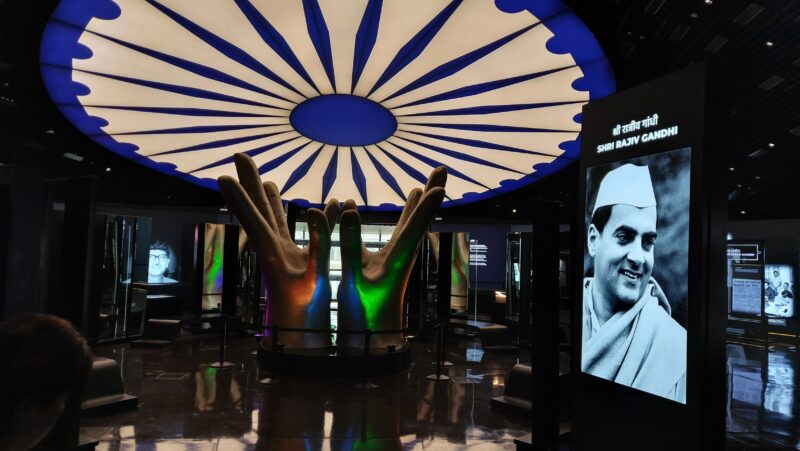
“When I graduated, nobody knew that we would be making museums. I started a company which was more into experiential technology like creating AR, VR, holograms. These were all application and tech-oriented things for the Middle East. The market in India was not as mature for these things back then as it is now. When we supplied such technology to some museums in Dubai, we thought of going into the space full-blown and making a full-fledged museum based on such technologies.”
Tagbin calls itself an enabler in bringing forward India’s history and presenting to the people the work of scholars working on unravelling the country’s past and future.
Bhaik elaborates, “We want visitors to take pride in what they see. Once they take pride in history, it contributes to the soft power that a country can bring forward. The technology, the content and the design becomes the subset of the larger vision.”

